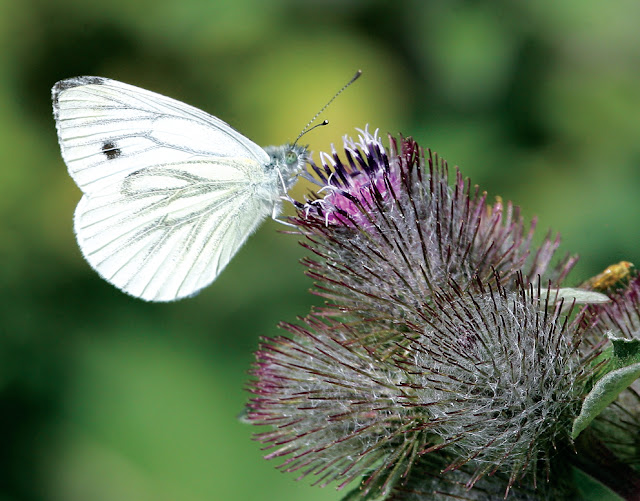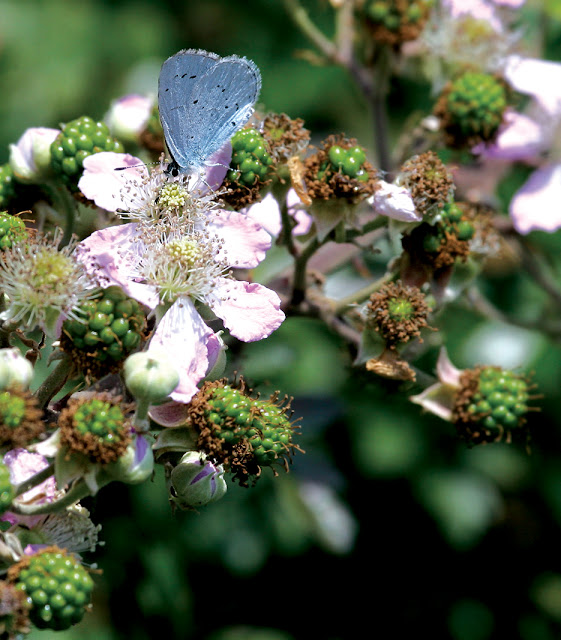My dogs found this disturbed wasps' nest for me – and one of them rather wished he hadn't. I was walking the two of them this morning when Bumble my black Labrador dived into a grassy area in front of a hedgerow. I soon realised what he'd stumbled on and shouted for him to get away from it. He did, but not before Smudge, my wife's miniature Dachshund, had also decided to take a look at what the fuss was all about. The nest – about two feet across – had clearly been freshly dug up, most likely by a badger and, from the look of it, as recently as the night before. There were still scores of wasps in the nest and they were pretty angry. I grabbed Smudge and pulled him away from the nest, but half a dozen or so wasps came with him, on his back and face. I brushed them off, but for Smudge – who is not, dare I say it, the most the most robust of dogs (he stays home, for example, if it's raining) – got quite a fright and refused to go any further. I took the dogs home and went back to photograph the nest. This was the only decent shot I managed; the nest was about 18 inches into the earth and the wasps were in no mood to allow me to get very close.
PS: As you will see from the second image, Smudge survived and – after a bath – was very much himself again…
 |
Canon 1Ds MkII, Canon 100-400mm IS USM lens, 1/320 sec, f/5.6, 400mm at ISO 320
|

























